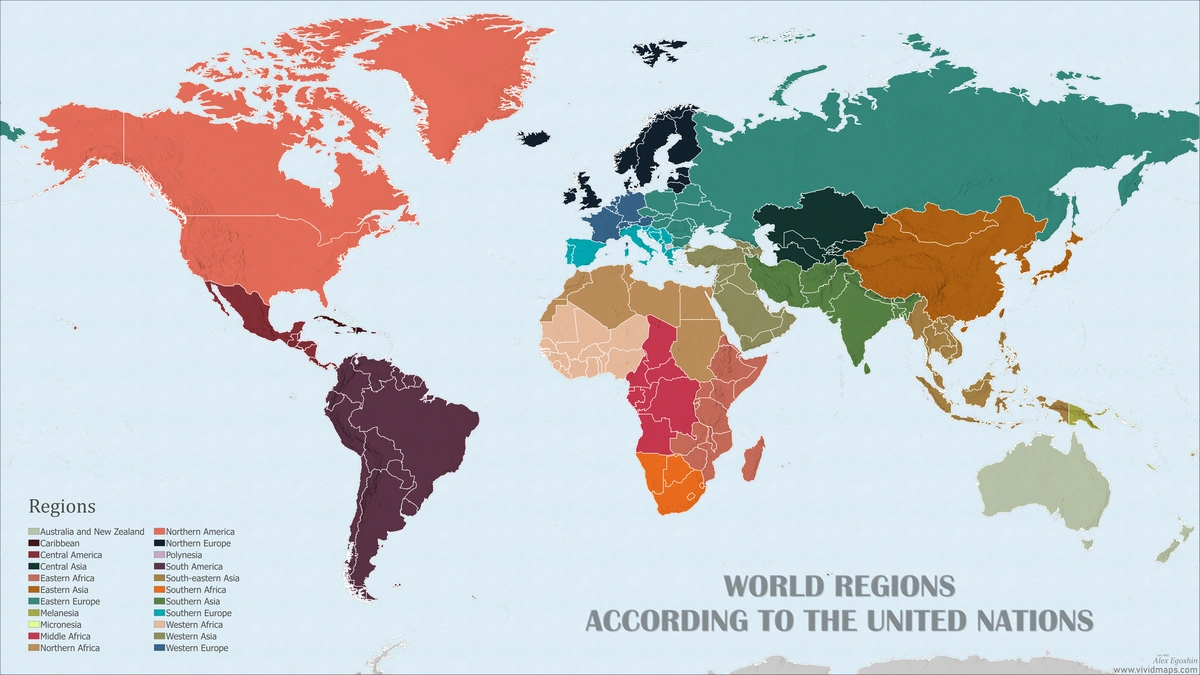Ever looked at a map of the United States and wondered, “What really makes each region tick?” I have. It’s easy to think of regions as simply geographical areas, but that’s barely scratching the surface. The truth is, understanding U.S. regions means diving deep into history, culture, economics, and even psychology. Let’s get into it, shall we?
Why Regional Differences Matter More Than Ever

Here’s the thing: in an increasingly globalized world, regional identities are becoming both more pronounced and more complex. Why? Because these distinct areas offer a sense of belonging, a connection to something larger than ourselves, especially when national identities feel… well, a little shaky. But it goes deeper. The economic disparities across regions are widening, influencing everything from political affiliations to lifestyle choices. And these disparities? They create very different realities.
Think about the booming tech sector in the West Coast versus the struggles of the Rust Belt. These aren’t just economic statistics; they’re stories of real people, their hopes, and their challenges. Understanding these regional differences isn’t just an academic exercise; it’s crucial for anyone wanting to grasp the current state of the U.S. And that, my friends, is everyone.
The Cultural Tapestry: Weaving History and Identity
Each U.S. region boasts a unique cultural identity, shaped by its history, demographics, and dominant industries. New England, with its colonial roots and intellectual heritage, stands in stark contrast to the South, with its complex legacy of agriculture and social traditions. These aren’t just tourist destinations; they’re living, breathing ecosystems of values, beliefs, and behaviors. The cultural landscape influences everything from the food people eat to the music they listen to.
But it’s not static. Cultural fusion is constantly reshaping regional identities, creating fascinating hybrid cultures. Take the Latino influence in the Southwest, for example. It’s transforming the region’s art, music, and cuisine. These cultural shifts, I think, are important to understand the ever-evolving American narrative. Want to learn more about current events? Check out this article .
Economic Divides: Opportunity and Inequality
Let’s be honest, the economic landscape across U.S. regions is far from uniform. The Northeast and West Coast tend to be hubs of innovation and wealth, while parts of the South and Midwest face persistent economic challenges. These divides aren’t just about jobs and income; they affect access to education, healthcare, and even basic infrastructure. The economic development of specific areas directly affect the lives of the people who live there.
And here’s where it gets interesting. The rise of remote work is starting to blur these traditional boundaries. People can now live in more affordable regions while working for companies based in high-cost areas. This could lead to a more equitable distribution of wealth and opportunities, but it also raises questions about the future of cities and the changing nature of community.
The Political Landscape: A House Divided?
Regional political leanings are often deeply ingrained, reflecting the values and priorities of the people who live there. The polarization of American politics is often described through the lens of red states versus blue states. But the reality is far more nuanced. Within each region, there are pockets of diversity, and political opinions are constantly shifting.
Understanding these regional political dynamics is crucial for anyone trying to make sense of U.S. elections and policy debates. It’s not enough to simply label a region as “conservative” or “liberal”; you need to understand the underlying issues and the historical context that shapes political attitudes. One thing to be mindful of is theincreasing political polarizationof many regions.
The Future of Regions: Navigating Change
So, what does the future hold for U.S. regions ? A big part of this question involves the challenges that each geographic region has to face. Climate change, technological advancements, and demographic shifts are all reshaping the regional landscape. Coastal regions face the threat of rising sea levels, while agricultural regions grapple with drought and changing weather patterns. Technological innovations are disrupting traditional industries and creating new opportunities in some regions, while leaving others behind.
But, the future of these areas hinges on our ability to embrace change, foster innovation, and bridge the divides that separate us. It requires a commitment to inclusive growth, sustainable development, and a recognition that our shared destiny depends on the well-being of all regions. Need a break and want to catch up with the most popular people? Check out this page .
FAQ | Decoding Regional Quirks
What’s the biggest difference between the North and the South?
Beyond the obvious historical baggage, it’s a mix of economic drivers and cultural values. The North leans more towards industry and progressive social views, while the South often emphasizes traditional values and agriculture.
Why is the West Coast so expensive?
High demand for housing coupled with a booming tech industry drives up prices. Plus, there are geographical constraints; limited space and strict zoning laws.
What if I want to move to a region with a low cost of living?
The Midwest and parts of the South often offer more affordable housing and living expenses. Just be sure to research the job market in your field.
Are all regions becoming more alike due to globalization?
Not exactly. While there’s cultural exchange and some homogenization, regional identities are proving remarkably resilient. People tend to hold on to what makes their home special.
What are some other factors in regional development?
Education is a huge component as is access to affordable healthcare. A community that emphasizes improving the lives of the community members will improve faster than one that doesn’t.
Ultimately, understanding U.S. regions isn’t about memorizing facts and figures. It’s about recognizing the human stories behind the maps, the complex interplay of forces that shape our communities, and the shared challenges and opportunities that lie ahead. And, let’s be real, it’s about appreciating the quirks that make each region so darn interesting.




